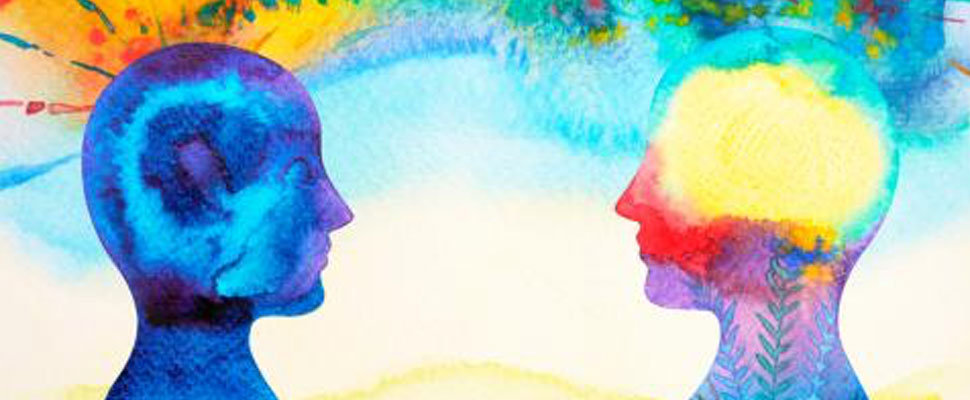Art-therapy: What is it and why should you practice it?
This technique allows to overcome traumas, fears, and diseases

Aming to help terminal patients to finish their life with the highest possible quality, or to work psychological traumas in people to whom conventional therapy or medicine does not help in a satisfactory way, art therapy is practiced. This is a psychotherapeutic modality that allows the palliative treatment of traumas, ailments, and diseases.
Leer en español:Arte-terapia: ¿Qué es y por qué deberías practicarla?
Although the term is not new, in recent years Latin and Central American countries have begun to apply it. The technique consists of using various artistic tools such as musical instruments, paint, colors, clay, pencils, and waste materials, to create works or images that come from the inside without having to be verbalized and from these work internal blocks, overcome fears, overcome traumas, or alleviate physical pain caused by diseases.
Also read: Coverage: The war between artistic perfection and mental disorders
According to one of the pioneers in Latin America in art therapy, Ángela Bulgarelli, through this technique, patients or people with terminal illness manage to generate a mental, emotional, and spiritual development that allows to treat psychological disorders such as traumas, fears, frustrations, and pain .
According to Bulgarelli, the mentioned psychotherapeutic approach can be applied in people of any age, from children to the elderly, and it is used mainly in patients where conventional therapy is not effective and as a palliative treatment of diseases such as cancer.
From fears to natural disasters
Therapists who use art therapy as a healing technique do so to cover areas where verbal therapy is not enough or becomes threatening to the patient. According to studies cited in the journal Psychology Today, the aforementioned method observed from neuroscience activates brain regions responsible for memories and sensations and allows the patient to recognize situations that would otherwise not or better respond to conventional treatments of Western medicine.
One of the art therapy sessions applied in a massive way in Latin America took place in El Salvador in 2009, when after the devastating passage of Hurricane Ida in the Central American nation, the Ministry of Health launched an art therapy project in the public schools to identify and give immediate attention to children who showed signs of depression, anguish and fear caused by the natural event.
You might also be interested: Snapchat filters: The enemy of mental health
In the words of Bulgarelli, Western medicine approaches no longer meet the needs of people and therefore it is important to resort to new techniques to heal psychological disorders and improve the quality of life of terminal patients. Unlike the now popular painting of mandalas, art therapy works from the unconscious investigation of the individual towards oneself and is always done in the company of specialized medical equipment such as oncologists, psychotherapists or psychiatrists.
"Art-therapy improves ailments, discomforts and even terminal illnesses. The starting point is the person. In one way or another positively impacts the way of thinking, feeling and behaving of those who practice it", says Angela Bulgarelli, adding that the treatment not only serves to overcome traumatic situations, but also discover the potential of the person and recognize the strengths and virtues that the individual does not know.
LatinAmerican Post | Krishna Jaramillo
Translated from "Arte-terapia: ¿Qué es y por qué deberías practicarla?"





